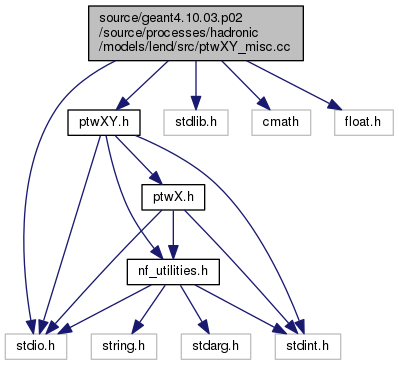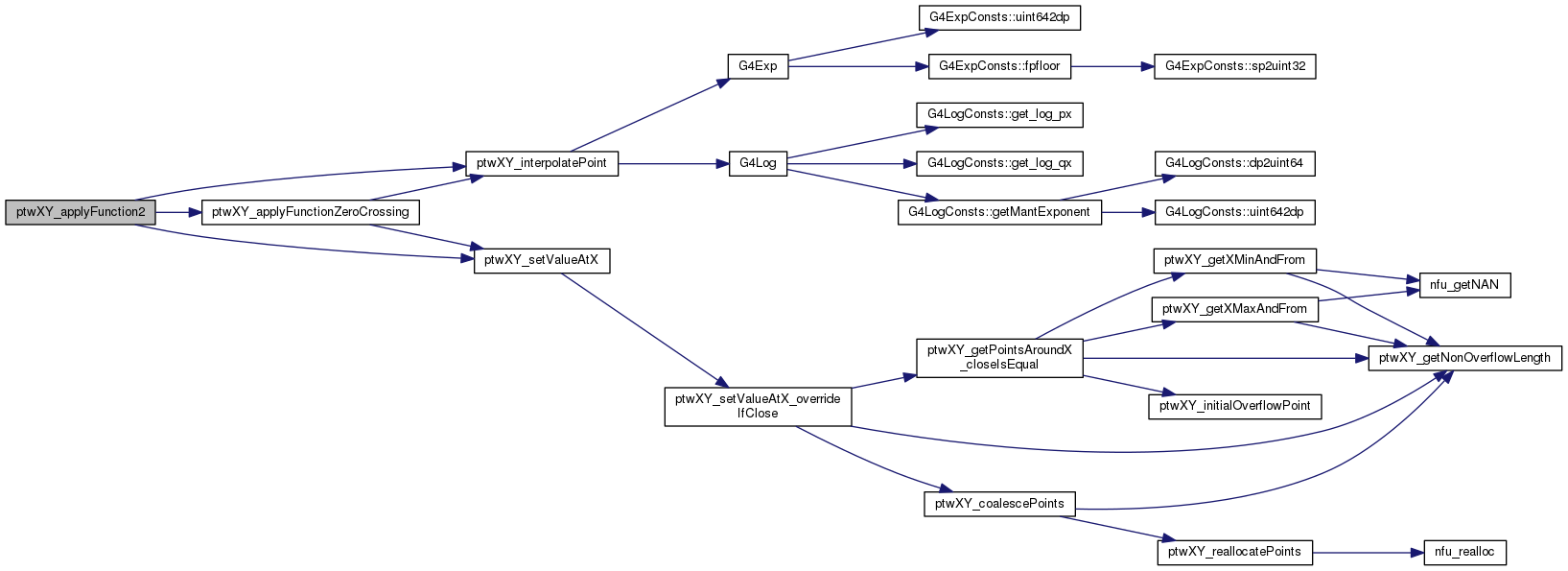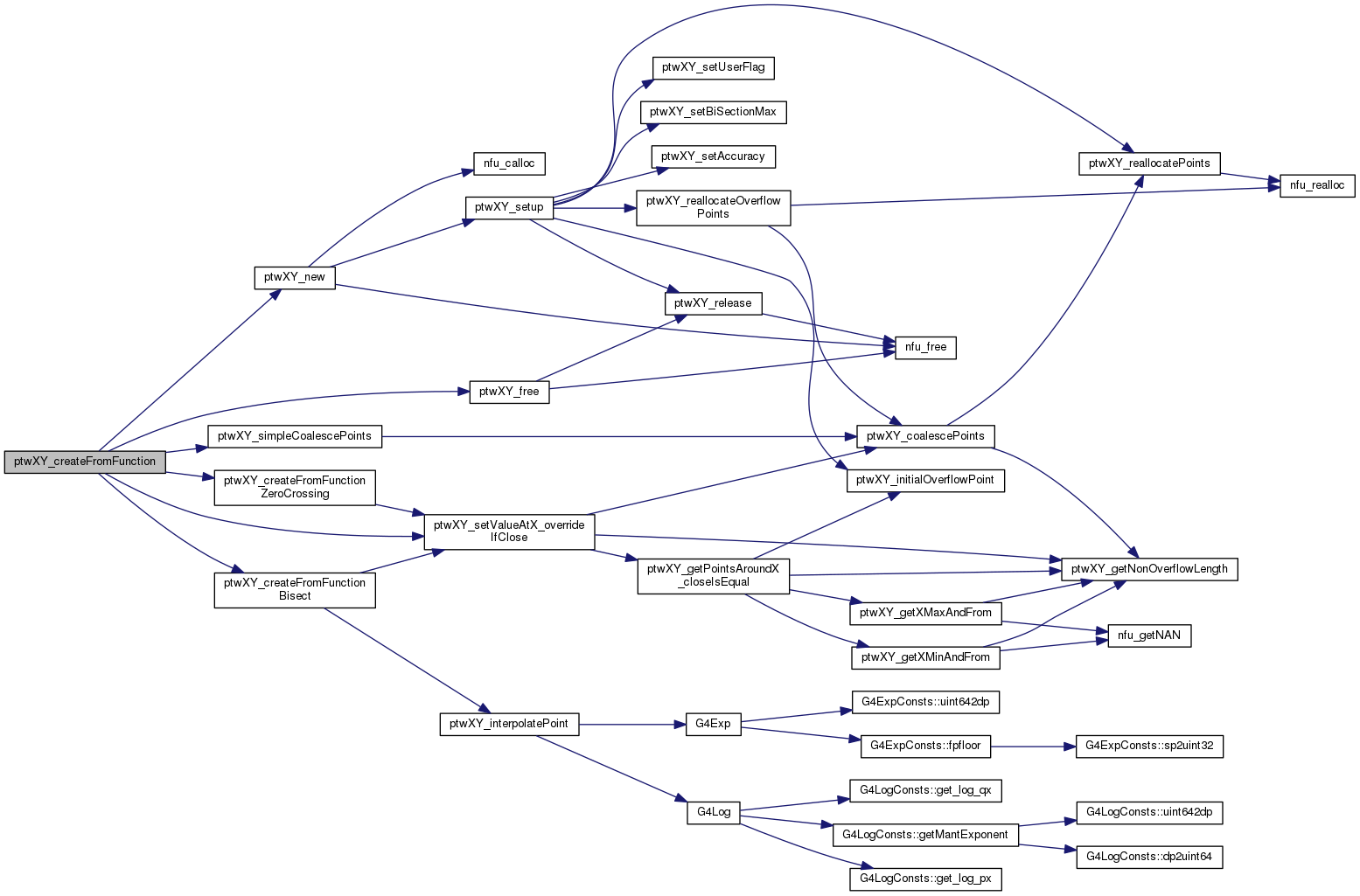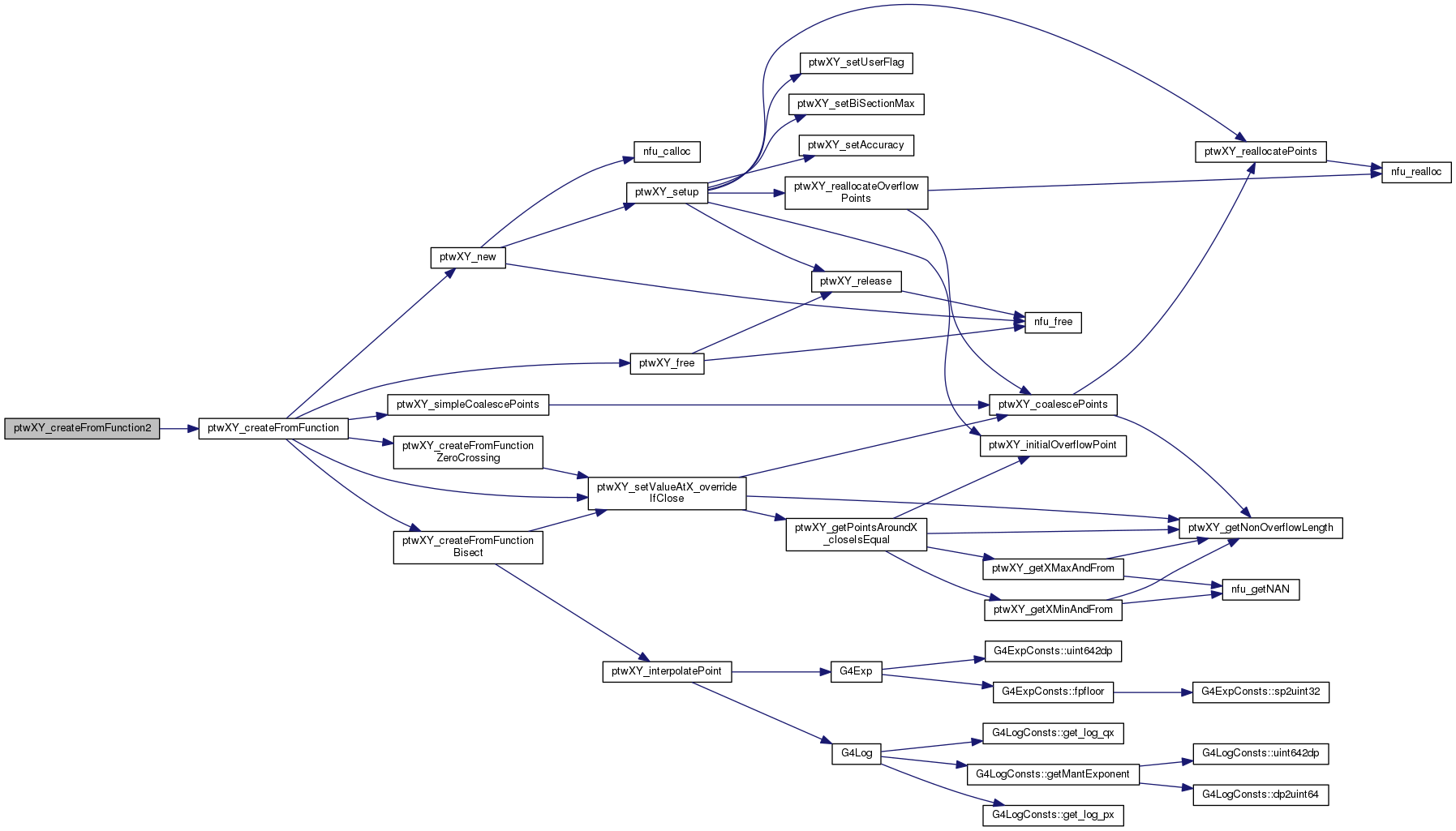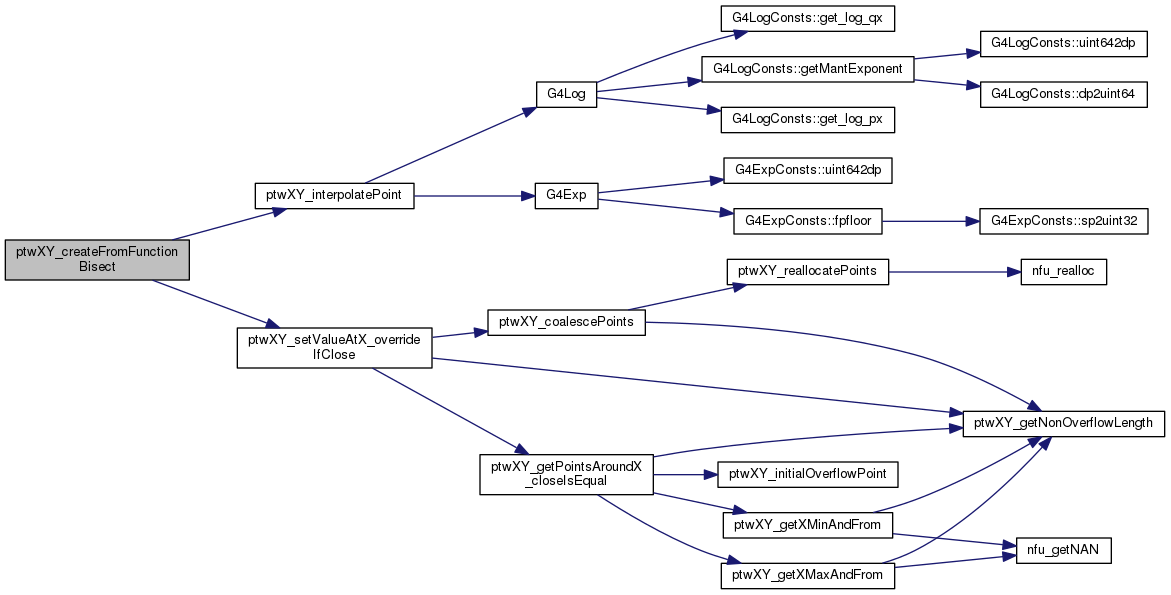50 for( i = 1; i <
n; i++ ) {
56 if( ( *status = func( x1, &y1, argList ) ) !=
nfu_Okay )
return( NULL );
58 for( i = 1; i <
n; i++ ) {
61 if( ( *status = func( x2, &y2, argList ) ) !=
nfu_Okay )
goto err;
70 for( i = ptwXY->
length - 1, p2 = NULL; i >= 0; i--, p2 = p1 ) {
73 if( ( p1->
y * p2->
y ) < 0. ) {
#define ClosestAllowXFactor
static nfu_status ptwXY_createFromFunctionZeroCrossing(ptwXYPoints *ptwXY, double x1, double y1, double x2, double y2, ptwXY_createFromFunction_callback func, void *argList, double eps)
static nfu_status ptwXY_createFromFunctionBisect(ptwXYPoints *ptwXY, double x1, double y1, double x2, double y2, ptwXY_createFromFunction_callback func, void *argList, int level, int checkForRoots, double eps)
static const G4double eps
ptwXYPoints * ptwXY_free(ptwXYPoints *ptwXY)
nfu_status ptwXY_setValueAtX_overrideIfClose(ptwXYPoints *ptwXY, double x, double y, double eps, int override)
ptwXYPoints * ptwXY_new(ptwXY_interpolation interpolation, ptwXY_interpolationOtherInfo const *interpolationOtherInfo, double biSectionMax, double accuracy, int64_t primarySize, int64_t secondarySize, nfu_status *status, int userFlag)
nfu_status ptwXY_simpleCoalescePoints(ptwXYPoints *ptwXY)
